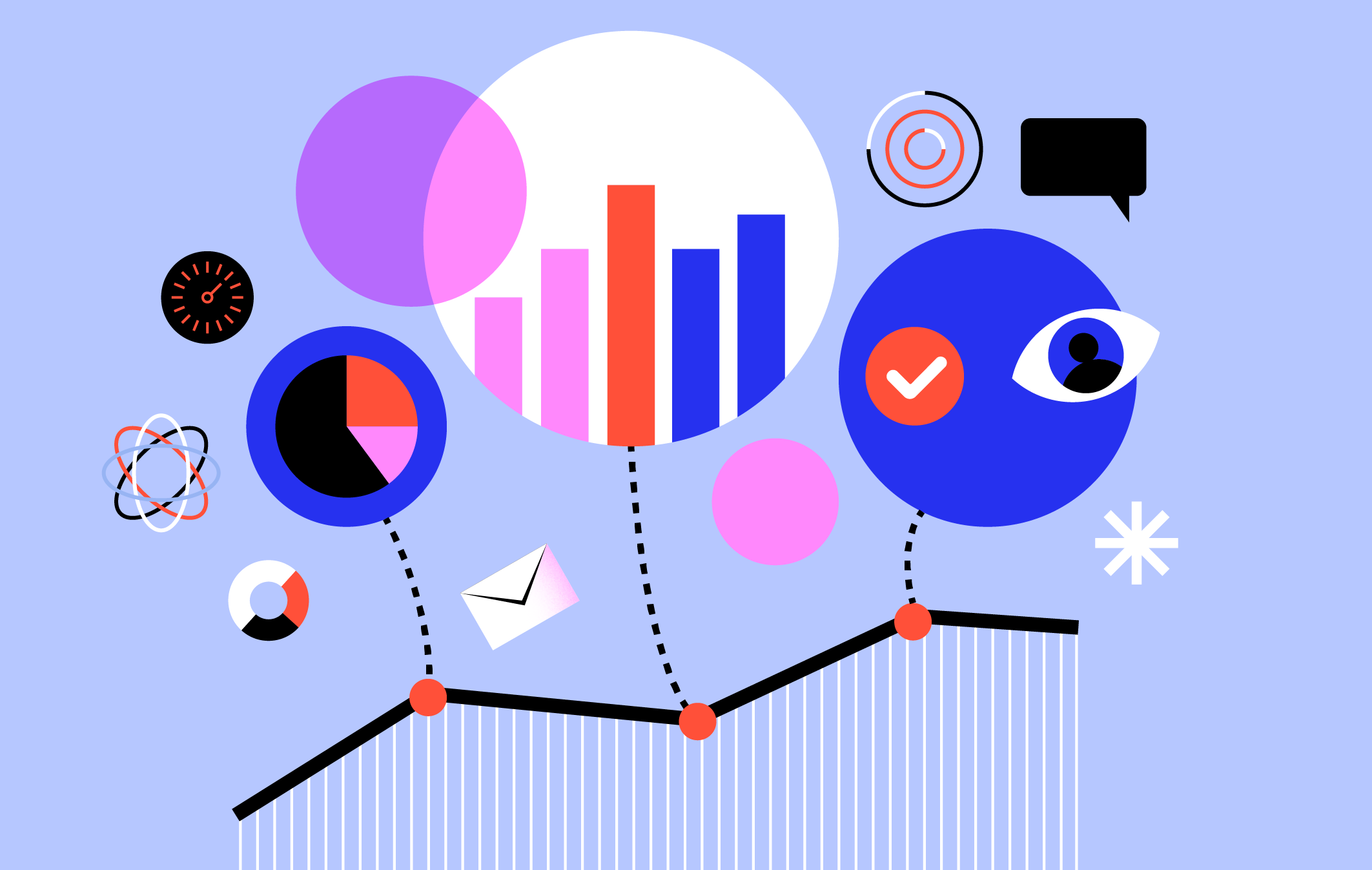Last Updated on December 22, 2021 – 6:37 am
Employee development has become a critical component of the corporate procedure. As a result, there is a plethora of employee development metrics that companies continuously track to improve employee performance.
Organizations that care about developing their employees realize that it provides them an edge in attracting and retaining the best talent in the industry. It is indeed a grim statistic that only 21 percent of employees have opportunities for personal career growth in their organization.
In modern enterprises, the recipe for success is continuous learning and growth. Supervising employees know that a thoughtful development culture can improve employee engagement by 250 percent. Therefore, they resort to setting goals for employee development and measuring outcomes periodically.
This article explores goal-setting for employee development and advocates concrete systems for setting and measuring employee development goals.
What You Need to Know Before Setting Employee Development Goals
Companies have long used goals as a means to measure employee performance, but a slightly tangential purpose would be to use them for the improvement of the employee.
This approach is more effective than merely focusing on performance goals and tracking them. According to research by the McKinsey group, setting goals for employee development significantly improves performance.
There’s both a science and an art to setting employee development goals. Here are three things to keep in mind before you begin this defining exercise:
#1 – Make employees a part of the process
Employee development goals aim to help employees to improve. It’s, therefore, advisable to involve them in the entire process.
Once employees know that they have contributed to developing short- and long-term goals for their development, they are more likely to buy into it. Employees are also more likely to implement goals they lent their voice to.
Managers should help develop goals with SMART attributes. It means goals should be specific, measurable, and actionable. They should also be geared towards results and time-bound.
SMART employee-development goals generate commitment and inspire an ownership mentality that enables workers to achieve personal career goals. Helping employees to see themselves doing more has the side-effect of nurturing performance to desirable levels. It also motivates employees for ongoing development.
#2 – Connect employee development objectives to business goals
Business goals are mostly a fallout of employee development goals in 91 percent of companies with effective performance management systems.
This happens because it’s clear to the employees that their goals are tangible components of the big organizational picture.
Increasingly, companies are connecting organizational business goals to functional business objectives and translating them into team-performance goals. This ensures accountability and superior performance as employees can state the direct impact of their contributions.
#3 – Adapt goals on the fly
Employee development goals need to evolve with the business climate. Setting these goals once and only revisiting them when they’re up for review is a mistaken recipe. Business’s regular ups and downs make it necessary to continuously re-evaluate employee development.
However, goals are not unpredictable, though it’s advisable to adapt to changes. For instance, if the assumptions that helped form specific development goals change, then the goals need an amendment to reflect the current reality.

Why It’s Important to Measure Employee Development Goals
Oversight is necessary when considering employee development goals. According to Leanne King, Chief Executive at SeeKing HR, measuring and monitoring the growth of staff demonstrates both their learning and performance standards.
Setting measurable goals within an employee’s growth plan framework provides a basis to assess the employee from a common perspective. As they navigate their plan with clear targets, managers can evaluate their progress and readiness to proceed towards the targets.
Active measuring and monitoring regimes for employee development goals help refine the programs to be more effective for the prevailing circumstances.
Amy Lafko, the owner of Philadelphia’s Cairn Consulting Solutions, says it’s not financial prudence if your company isn’t monitoring progress and measuring employee development success. She recommends that organizations ensure the efforts are effective, adjusting the goals where necessary.
Continuous measuring and monitoring of employee development goals catalysts for successful implementation and career growth. These are practical ways to measure development goals such that it empowers employees and offers insights for their career growth and development.
#1 – Employee development goals should fit employee career goals
Career goals are never one-size-fits-all for employees. Thus, employee development plans are only effective when they align with growth desirable to the employee.
Even with the inkling that the employee has the potential to grow in a specific area, it has to be a career path they’re willing to pursue. It’s the only way to ensure lasting and measurable results.
Red Clover’s Eric Mochnacz interprets this as gauging the employee’s interest in the development goal. As a case in point, some individuals are content in their current role and might prefer external opportunities than prepare for challenges in the upper cadre of their current organization.
Whatever the case, they still need to be invested enough in their current role within your organization.
#2 – Be clear on what you want to measure
If you’re trying to measure employee development goals without clarity on the target metric, you’ll only be groping in the dark.
It’s equally important to measure hard and soft skills when measuring employee development plans. The specific skills measured depend on the role, as each role comes with unique skills. The correct skill to measure comes from the key accountabilities for the role (this does not refer to the job description as much as it sounds like it).
#3 – Clarify your metrics beforehand
Once we’re clear on what we’re measuring, defining the metrics (or specificity of measurement) becomes important.
It’s advisable to have KPIs for employee development goals. Both the manager and the employee should be aware of these metrics and set them. It’s best for these KPIs and metrics to existing within a set time limit.
Setting clear metrics affords you and your employee a basis to measure progress. Ensure that the employee understands what progress towards their development goal means, as assumptions can lead to misunderstanding down the road.
It’s essential to keep track of the employee’s progress through regular check-ins. Employee development goals should always reflect where the employee is headed in their careers.
Conclusion
Your employees need to understand the crux of your development goals. Your company will see improved material commitment if you set these goals to clarify employees’ specific roles. Besides, employee roles are highly significant in preserving an organization’s health in many industries.
Employee development plans help your team grow and evolve in their careers. Carefully setting and continuously measuring these goals gives them the tools to achieve more for themselves and your company, ultimately building a thriving career and resilient organization.
If you want to learn more about employee development, you can check out our blog posts here.






Leave A Comment